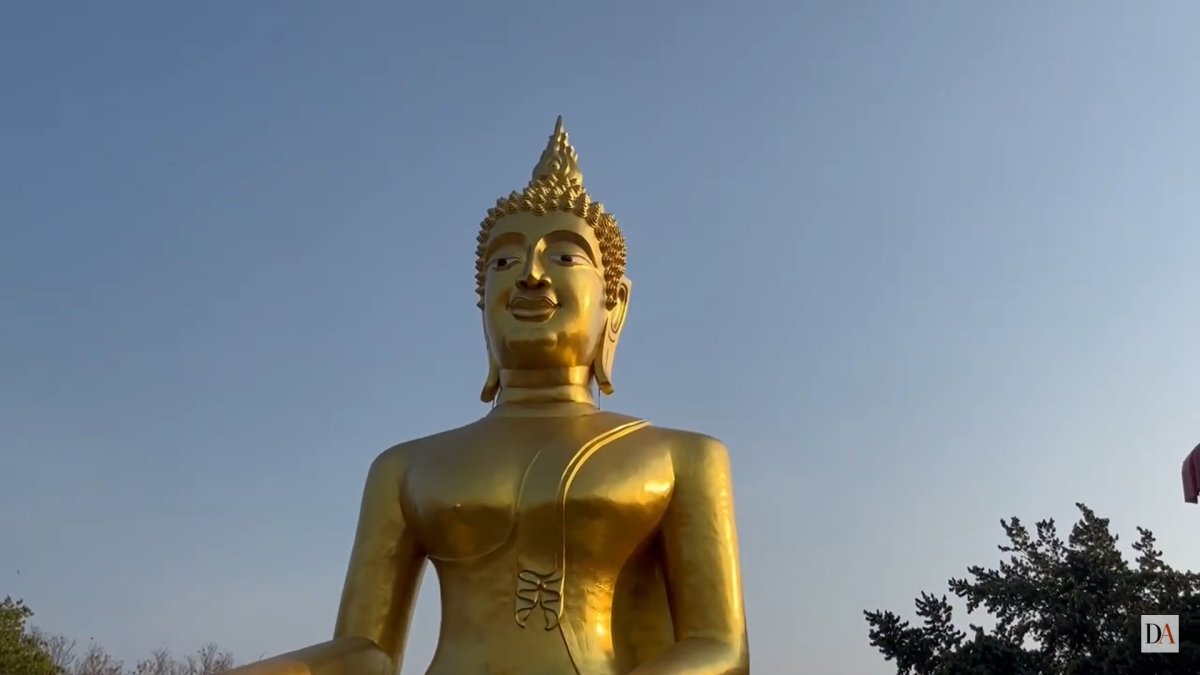You may have noticed this semester that the university’smuch-maligned electronic freeway sign has been turned off.
Provost Nancy Marlin told the University Senators — some of whomhave been quite vocal about their disdain for the sign — that it wasshut off to conserve energy in light of California’s ongoing energycrisis.
One senator was overheard saying, “Ah, there is a silver lining.”
Ever since the 70-foot sign was erected in 1998, it’s had enemiesboth on campus and off. The University Senate passed a resolutionsaying the sign was “inappropriate and contrary to the communityresponsibilities of an academic institution.” Columnist Logan Jenkinsfrom the San Diego Union-Tribune called it a “classless horror show”and a “toxic red-and-black toadstool.” And it was voted “WorstEyesore” by San Diego Magazine.
Speaking of the energy crisis …
Although San Diego State University has a sweet contract withEnron to provide inexpensive electricity, the energy crisis is stillcosting it a pretty penny. That’s because SDSU is mandated by thestate to generate electricity with its on-campus co-generation planteach time California’s electricity reserves fall low enough totrigger a stage three electrical alert.
The co-gen plant uses natural gas to make electricity, and theprices of natural gas have skyrocketed. Therefore, said GordonShackelford, chairman of the Academic Resources and Planningcommittee of the Senate, when SDSU is forced to use its co-gen plant,”We’re now paying more for the natural gas we use than we would forthe electricity we’re producing with it.”
Shackelford estimated that SDSU is losing about $6,000 each day astage three alert is called and it must use its co-gen plant. Onekilowatt-hour of electricity produced by the co-gen plant costs SDSUabout 20 cents, while it could buy the same amount through itscontract with Enron for 5 cents.
The co-gen plant is not a bad system, Shackelford said, since itis good for the environment and has excellent overall efficiency.
“But with our current electricity price being low, due to theEnron contract, and natural gas prices being very, very high, it isan economic loser at this time.”
Barking about parking
The idea of SDSU hosting this year’s NCAA basketball tournamenthas never been too popular with members of the University Senate –not since it was sprung upon them in the fall and they had toreschedule Spring Break to accommodate it.
Spring Break was moved to March 12-17 to coincide with thetournament and make room on our streets and parking lots for players,national television reporters and spectators.
Apparently new rumblings were being heard amongst the faculty andstaff, so Public Safety Director Mike Smoger spoke to the Senate to”dispel a couple of rumors” about how March Madness would impactparking for faculty and staff working through the holiday.
“It should not be of disaster proportions under anycircumstances,” he said. Games will only be held on Thursday andSaturday and tournament traffic will be concentrated on the west sideof campus. SDSU will be charging $5 per car for parking in structuresIV and V and Lot W, but contrary to rumors, Aztecs with parkingpermits will not be charged, he said.
Too make things easier for everyone, Smoger said, faculty, staffand students who need to come to campus during that week should parkon the east side of campus.
“We are in the national spotlight for this,” he said. “We’d likethis to come off as smoothly as possible.”






